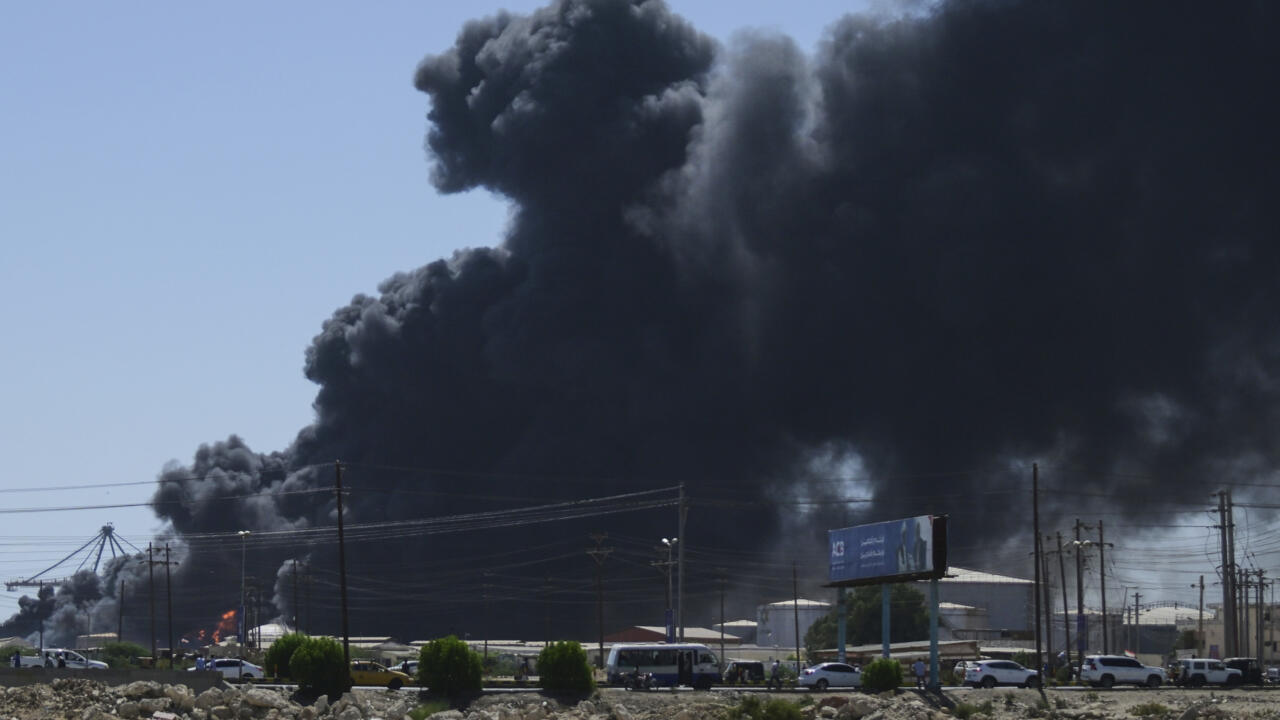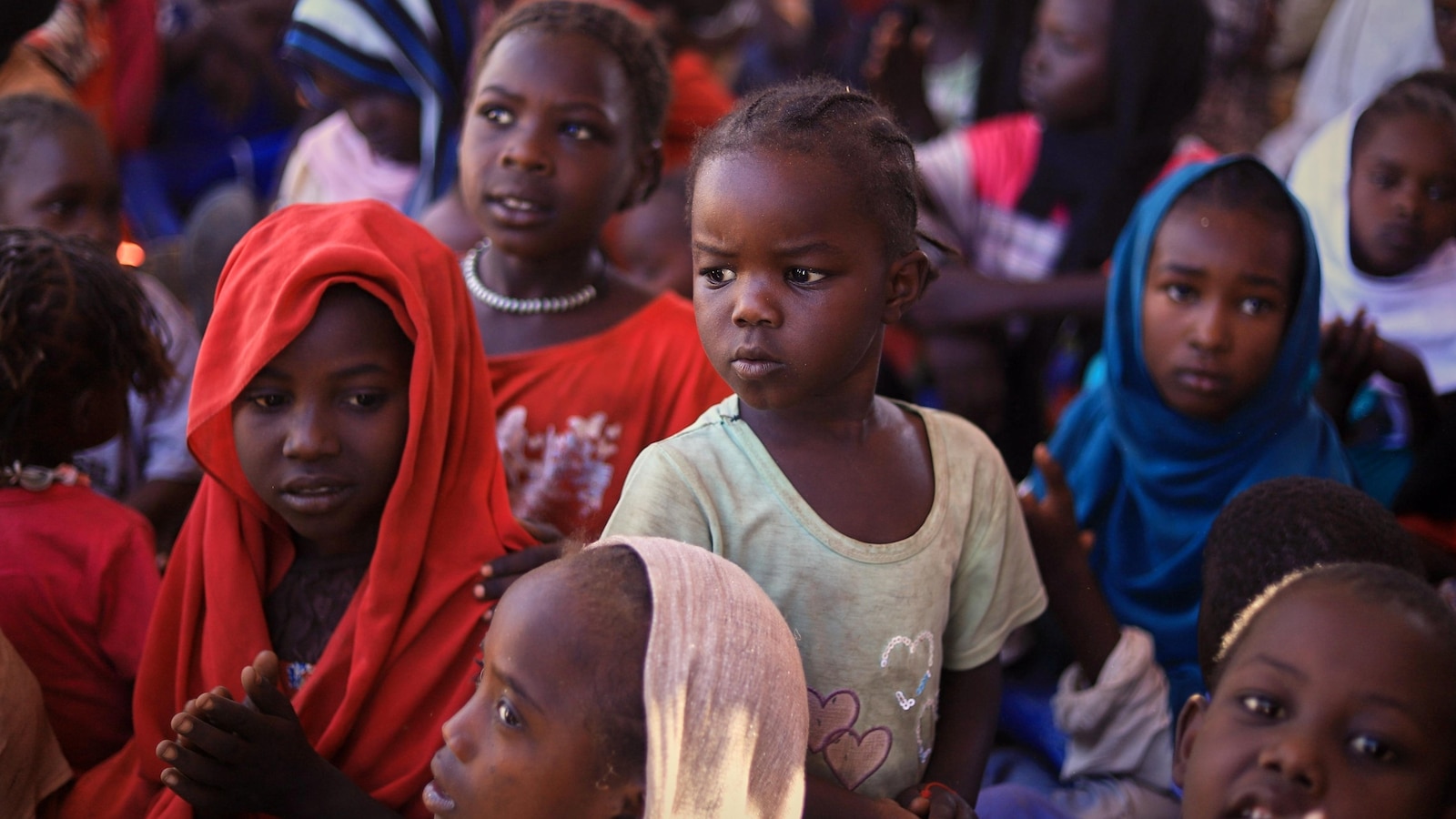Zohran Mamdani, the Democratic nominee who will serve as New York City’s next mayor, ran his campaign on affordability—pushing campaign promises for free buses and more accessible housing. Climate change was not often mentioned during his campaign stops or debate points.
But, as a densely populated city on the Atlantic coast, New York City is growing increasingly vulnerable to the impacts of rising global temperatures—from flooding to extreme heat. At the end of October, a storm broke rainfall records in several parts of the city, flooding the streets and subways, and killing two people.
“The climate challenges in New York City are very serious. We have trillions of dollars of infrastructure at risk here, and we have a very disproportionate impact in terms of how climate change actually impacts people,” says Timon McPhearson, professor and director of the Urban Systems Lab at New York University, which focuses on developing systemic solutions to social and environmental challenges in urban areas.
Affordability and climate action, however, can go hand in hand, argues Mamdani. “Climate and quality of life are not two separate concerns,” he told the Nation earlier this year. “They are, in fact, one and the same.”
Read more: Here’s What Mamdani Has Promised to Do as Mayor. Can He Get It Done?
As mayor of the most populous city in the United States, Mamdani’s administration will face unique challenges—and opportunities—when it comes to addressing climate risks. And although climate wasn’t front and center during Mamdani’s campaign, experts say that many of his policies offer a way to not only tackle the city’s affordability crisis, but also deliver on climate action along the way.
“He’s really thinking about the co-benefits of climate action,” says Eunice Ko, deputy director of the NYC Environmental Justice Alliance, who notes that poorer neighborhoods are more likely to be exposed to environmental hazards or heavy pollution. “A climate city plan really is an affordability and quality of life plan.”
One example is Mamdani’s proposed free fare bus program, which the campaign says will help make public transit more affordable. This type of program brings with it the added benefit of pushing more residents towards public transit, thereby reducing the city’s carbon footprint. ”Anything that moves folks from cars into mass transit has a huge [emissions reduction] benefit, and proving that mass transit can be done well and affordably or free is also a huge benefit politically,” says Stephan Edel, executive director of New York Renews coalition.
Mamdani’s campaign has also proposed its “Green Schools for a Healthier New York City” initiative, which would renovate 500 public schools, provide renewable energy infrastructure and HVAC upgrades, and build green spaces. It would also turn 50 schools in the city into "resilience hubs” equipping them to provide resources and a safe space during emergencies.
“He's looking at schools not just as a place of learning, but also a place that can address floods and extreme heat,” says Ko. “It's a resiliency measure where it can absorb flood waters, or address and mitigate the urban heat island effect. We can actually use the physical space of the school to actually reduce the climate change impacts.”
Read more: The Challenge of Building Climate-Resilient Schools
Mamdani also proposed a plan to help homeowners comply with Local Law 97, which requires buildings to reduce greenhouse emissions 40% by 2030 and 80% by 2050. To help achieve these targets, the plan calls for increased investments in NYC Accelerator, a program that helps landlords decarbonize their buildings, and having the city purchase heat pumps to sell to landlords.
As an assemblyman, Mamdani found several ways to support climate action in the city. He fought against the establishment of a natural gas plant in a Queens neighborhood—ultimately winning on the grounds that the project was not in line with New York state’s climate goals. He was a staunch opponent of the Con Edison rate hike proposed in 2022 that was ultimately approved. And he supported the New York HEAT Act as a co-sponsor this year, which would cap utility bills at 6% of household income.
Mamdani also supported the 2023 Build Public Renewables Act, which authorized the state’s power utility to build the bulk of the renewable energy projects required to meet the state’s emissions targets.
“He was really one of the champions on that, not purely as a climate goal, but recognizing that using the climate fight to increase the power of communities for self-determination and reducing prices all contribute to the same goal of making the state a better place,” says Edel.
Enforcing strong climate policies in New York could reverberate beyond the city, setting the stage for other cities and states to follow suit. “New York has the power to do something about climate change, both practically as a city with nine million people with a larger budget than not only most states, but many countries, and the moral and cultural capital it brings to these issues,” says Edel. “[Mamdani] as a leader is going to have a big impact on our ability to move policy at the state and, in fact, federal level.”

 3 hours ago
2
3 hours ago
2










 English (US) ·
English (US) ·